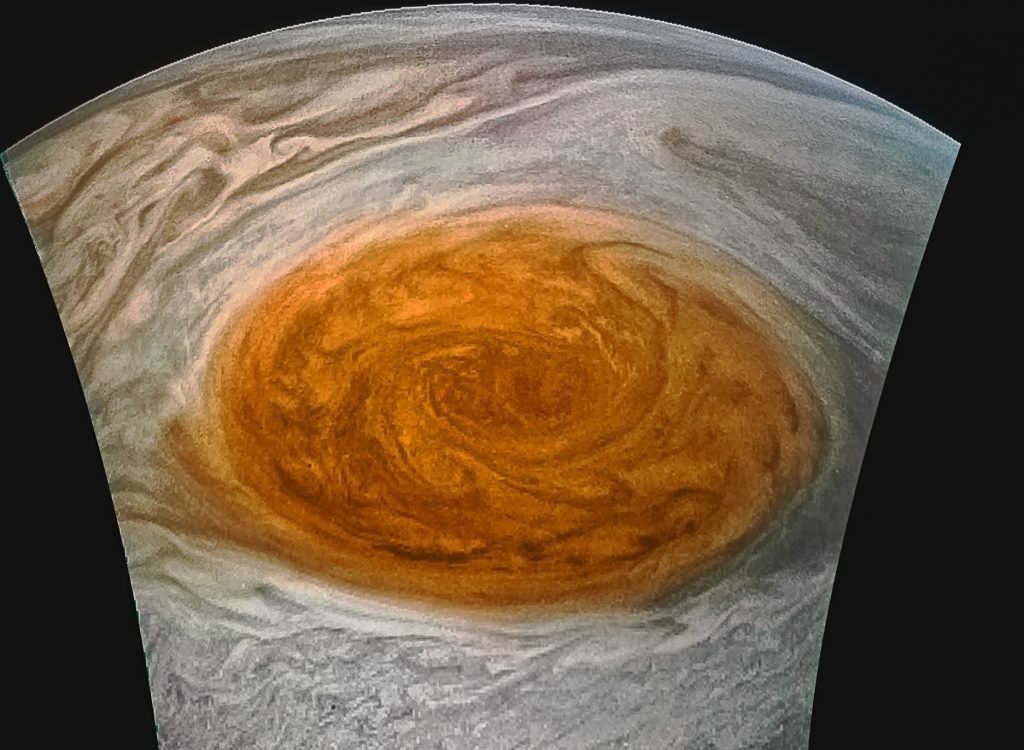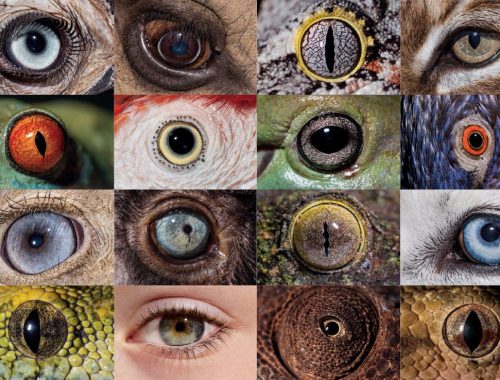
11 Fascinating Facts About Outer Space
When you look up at the stars, what do you think about? That we may not be alone? The vastness of it all? There’s a lot to wonder about space. The fact is we don’t know all the answers about it. We know it’s vast and beautiful, but we’re not really sure how vast (or how beautiful, for that matter).
Some of the things we do know, however, are downright mind-boggling. Here are 12 of the most amazing facts about space, so you can be even more amazed by what you’re looking at.
1. Neutron stars can spin at a rate of 600 rotations per second
Neutron stars are one of the possible evolutionary end-points of high mass stars. They’re born in a core-collapse supernova star explosion and subsequently rotate extremely rapidly as a consequence of their physics. Neutron stars can rotate up to 60 times per second after being born. Under special circumstances, this rate can increase to more than 600 times per second.
2. The Apollo astronauts’ footprints on the moon will probably stay there for at least 100 million years
Since the moon doesn’t have an atmosphere, there’s no wind or water to erode or wash away the Apollo astronauts’ mark on the moon. That means their footprints, roverprints, spaceship prints, and discarded materials will stay preserved on the moon for a very long time.
They won’t stay on there forever, though. The moon is still a dynamic environment. It’s actually being constantly bombarded with “micrometeorites,” which means that erosion is still happening on the moon, just very slowly.
3. 99 percent of our solar system’s mass is the sun
Our star, the sun, is so dense that it accounts for a whopping 99 percent of the mass of our entire solar system. That’s what allows it to dominate all of the planets gravitationally. Technically, our sun is a “G-type main-sequence star” which means that every second, it fuses approximately 600 million tons of hydrogen to helium. It also converts about 4 million tons of matter to energy as a byproduct. When the sun dies, it will become a red giant and envelop the Earth and everything on it. But don’t worry: That won’t happen for another 5 billion years or so.
4. If two pieces of the same type of metal touch in space, they will bond and be permanently stuck together
This amazing effect is called cold welding. It happens because the atoms of the individual pieces of metal have no way of knowing that they are different pieces of metal, so the lumps join together. This wouldn’t happen on Earth because there is air and water separating the pieces. The effect has a lot of implications for spacecraft construction and the future of metal-based construction in vacuums.

5. The largest asteroid in our solar system is a mammoth piece of space rock named Ceres
The asteroid – which is sometimes known as a dwarf planet – is almost 600 miles in diameter. It’s by far the largest in the Asteroid Belt between Mars and Jupiter and accounts for a whole third of the belt’s mass. Ceres’ surface area is approximately equal to the land area of India or Argentina.
The unmanned spacecraft Dawn just finished up its mission orbiting Ceres and helping us totally transform our understanding of the world.
6. One day on Venus is longer than one year on Earth
Venus has an extremely slow axis rotation that takes about 243 Earth days to complete one full cycle. Funny enough, it takes Venus even less time in Earth days in order to complete one revolution around the sun – 226 to be exact.
Furthermore, the sun rises every 117 Earth days, which means that the sun will rise only two times during each year, which is also all technically in the same day. Since Venus also rotates clockwise, the sun will rise in the west and set in the east.

7. Jupiter’s Red Spot is shrinking
Jupiter’s famous Red Spot has been shrinking over the past few decades. This spot on the planet is a giant spinning storm that used to be able to fit about three Earths. Now, apparently, only one Earth can fit inside the spot.
Interestingly enough, as the storm is shrinking in width, it’s actually growing taller in length. As of 2018, scientists are still stumped as to why this phenomenon is occurring in the first place, but some theorize that it may have to do with jet streams on Jupiter that have either changed direction or location.
8. One of Saturn’s moons has a distinct two-tone coloration
Iapetus, one of Saturn’s 62 moons, is actually a pretty unique celestial object. This moon has a very distinct two-tone coloration, with one side be much darker than the other.
As of 2018, this strange occurrence isn’t present on any other moons in the Solar System. Iapetus’ color has to do with its position in relation to the rest of Saturn’s moons. It turns out that Iapetus is way outside of Saturn’s rings, and because of this, it gets hit with a lot of space debris from objects that might be passing through its orbit, explaining the dark areas, according to Forbes.
Furthermore, another moon Phoebe, which is completely dark and farther out than Iapetus, revolves clockwise around Saturn and “emits a steady stream of particles.” Iapetus revolves counterclockwise, meaning that only one side of Iapetus gets hit with the particles coming off of Phoebe when they revolve past each other. This explains why Iapetus isn’t fully dark, but only partially.
9. The position of the North Star will change over time
Navigation will be weird when Polaris stops being the North Star in about 13,000 years. In case you didn’t know, Earth’s axis goes through a motion called “precession” which means that the planet’s axis will change, and trace out the shape of a cone – even if it’s slightly.
When this occurs, it takes around 26,000 years for the axis to trace out a complete cone shape. To add to this, Polaris, the Earth’s current “North Star” will eventually begin to shift positions as the Earth undergoes precession. In about 13,000 years, the star Vega will be the new North Star – but in 26,000 years, Polaris will return in its original position as the Earth continues to go through precession.
Do you have any other fascinating and cool space facts? Be sure to share them in the comments below.
You May Also Like

Top 5 Things To Know About Migraines
2022-12-30
Through Their Eyes: A Glimpse into How Animals See the World
2024-01-23
